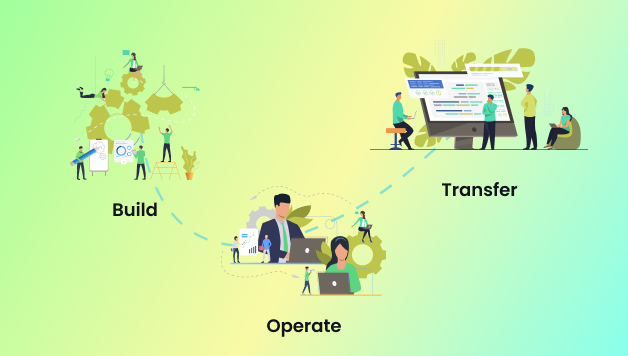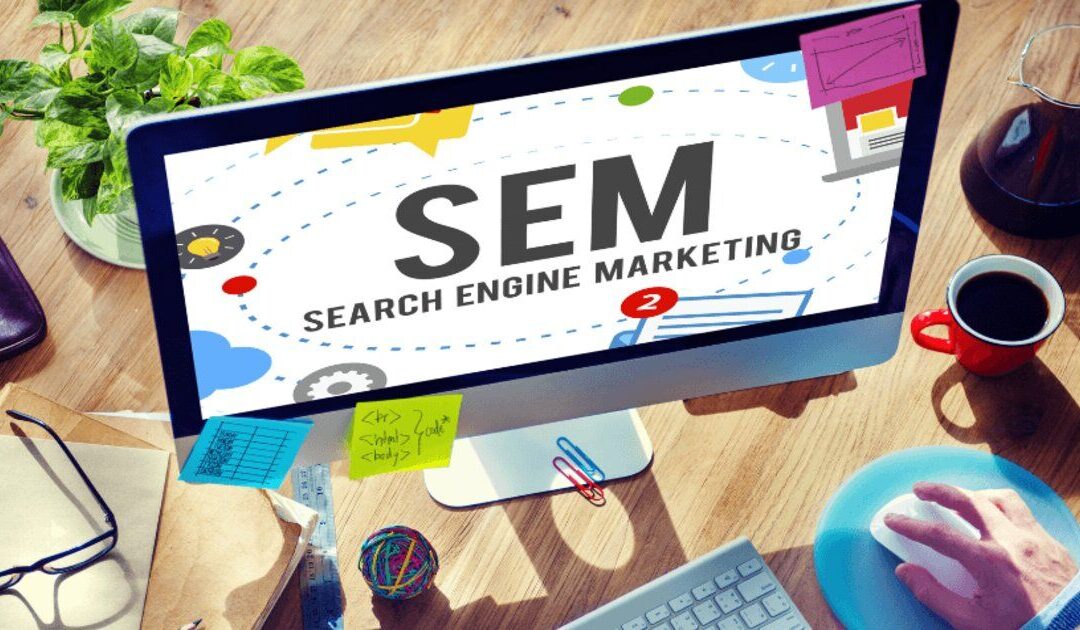In today’s fast-paced digital world, there is always an opportunity for businesses to boost the efficiency, scalability, and cost-effectiveness of their IT operations. To reduce costs, increase efficiency, and retain the focus on core activities, organizations have been investing in IT outsourcing for some time. Of course, among other outsourcing methods, Build-Operate-Transfer has turned into one of the most adaptable and viable IT project models.
BOT merges the best features of outsourcing and provides a very efficient path toward ownership and control. The readers of this blog will know why the BOT model in IT outsourcing carries these topmost advantages and why it might simply be the solution for your organization.
What is Build-Operate-Transfer
Before we get into the benefits, let us understand what Build Operate Transfer Services means in the world of outsourcing in IT. The model includes three phases commissioning an operational IT team or infrastructure by the service provider, the operation of that team to a stable level, and finally, the transfer of that active setup to the client. The stages are as follows:-
- Build: The provider builds up a team or facility according to the client’s specifications.
- Operate: The provider operates and maintains the setup while ensuring the setup is functioning properly and meets the performance parameters.
- Transfer: Post-stabilization, ownership, and control are transferred to the client.
This model attracts those companies that are intent on attaining their global differentiation, build their businesses, or piloting a new technology but still wish to have long-term ownership of the infrastructure itself.
Major Advantages of Build-Operate-Transfer in Outsourcing the IT Functions
1. Cost Efficiency
Cost efficiency is one of the most compelling arguments in favor of BOT. Setting up an in-house IT team or infrastructure at a distant location can prove excessively costly. Here enter the BOT model to enable a company to avoid initial costs by allowing the service provider to leverage its expertise, resources, and infrastructure.1. Average lower operational costs can be anticipated during the Operate phase, owing to enhanced processes and economies of scale.
2. Speedier Turnaround Time
Even though the IT industry’s competitive landscape may force the “faster” promise, even since a long while, the BOT model permits setting operations up in months rather than years, ensuring no further time lost thanks to recruiting, infrastructure setup, or training time. This way, “Build” and “Operate” can be executed by an outsourced partner, freeing the product or service almost initially while the vendor keeps ensuring that the setup remains focused on the client’s objective.
3. Risk Exemption
The establishment of IT operations holds several risks, especially for multinational businesses from regulatory obstacles to cultural differences and market fluctuations. The BOT model allows clients to hand over these risks to the service provider in the Build and Operate phases, with the assurance that they will commence control only after stabilization of operations, lowering the chances of painful managerial errors.
4. Access to Expertise
The Build-Operate-Transfer model connects businesses to top talents and industry expertise . Service provider firms specialize in setting up and managing IT operations that ensure a close association with knowledgeable personnel, tried-and-true methodologies, and leading-edge technologies. The expertise is thus guaranteed to begin with success from day one.
5. Scalability
With the growth of a business come the needs in IT. This model breathes opportunity for the organization based on growth and/or scaling its operation when there is a need. During the operational phase, service providers will be able to increase resources, introduce newer technologies, or scale processes for maximum competitive agility in the business.
6. Smooth Knowledge Transition
Knowledge transfer from the service provider to the client is a common concern in IT outsourcing. But specifically, the BOT model seeks to eradicate this very problem. It is during the “Operate” phase that the service provider documents processes, trains the client’s team, and ensures that knowledge transfer is smooth during the “Transfer” phase to enable the client to run operations independently.
7. Ownership and Control
Unlike the traditional outsourcing model, where the client relies on the service provider, the Build-Operate-Transfer model is a straightforward route to ownership. After the transfer, the client will have complete control of the operations, the team, the infrastructure, and even the intellectual property. Such freedom allows businesses to shape the setup according to their long-range goals.
8. Flexibility
The BOT model offers unparalleled flexibility. A unique opportunity tailormade for embracing the specifications of each client. One can negotiate the terms of these phases according to the specifications of any business they represent. The BOT model can adapt to suit any requirement, whether the time frame within which the transfer takes place or the scope of operations being handled.
9. Focus on Core Activities
The BOT model allows businesses to invest their energy into core competencies because they leave the cumbersome tasks of IT setup and management to experts. By outsourcing the non-core services to the service provider, organizations free up resources and energy to devote toward strategic initiatives that accelerate growth and innovation.
10. Increased Compliance and Security
When operating in new regions, it is usually cardinal regulations and industry standards. Thus, service providers of the “Build” and “Operate” phases are well aware of these requirements and, therefore, take adequate measures to ensure compliance and security. This takes the burden off the client and ensures that noncompliance risks are reduced.
Did You Know About Landing Page Optimization Tools
BOT – The Future of IT Outsourcing
With increasing reliance on technology to propel growth in businesses, effective outsourcing models are becoming an increasing demand. The BOT model has solved many of the problems inherent in traditional outsourcing, including a loss of control, lack of knowledge transfer, and long-term dependency. Combining the benefits of outsourcing with the advantages of ownership, Build Operate Transfer offers a unique, highly effective solution.
Moreover, the BOT model would be especially apt for any company seeking to venture into new markets or embrace new technologies. It affords the right combo of risk-sharing, operational efficiencies, and scalability which are hallmark concepts for many progressive organizations.
Build Operate Transfer: The Strategic Advantage
Those who contemplate or wish to adopt the BOT model must actively consider partnering with a reliable provider to offer the Build Operate Transfer Services. These services guarantee that every phase of the model is executed with utmost precision, from further building a high-performing IT solution to ensuring its seamless transition into operations. The right partner will bring to the project unrivaled experience across industries, sound processes, and commitment to value delivery, ensuring the success of your outsourcing endeavor.
Conclusion
The BOT model revolutionizes IT outsourcing, providing an ingenious mix of cost-effectiveness, scalability, and ownership. The BOT model has several advantages, from risk mitigation to quicker time-to-market, making it an attractive option for those looking to upgrade their IT operations. Whether it is entering a new market or scaling an already-existing one, BOT delivers the flexibility and expertise to work successfully in the competitive environment of today.
Glorywebs is your go-to firm for tailor-made IT outsourcing solutions, including Build Operate Transfer Services. We are dedicated to adding value and empowering businesses. Let us help you realize your IT goals both effectively and efficiently. Contact us today to find out more!



